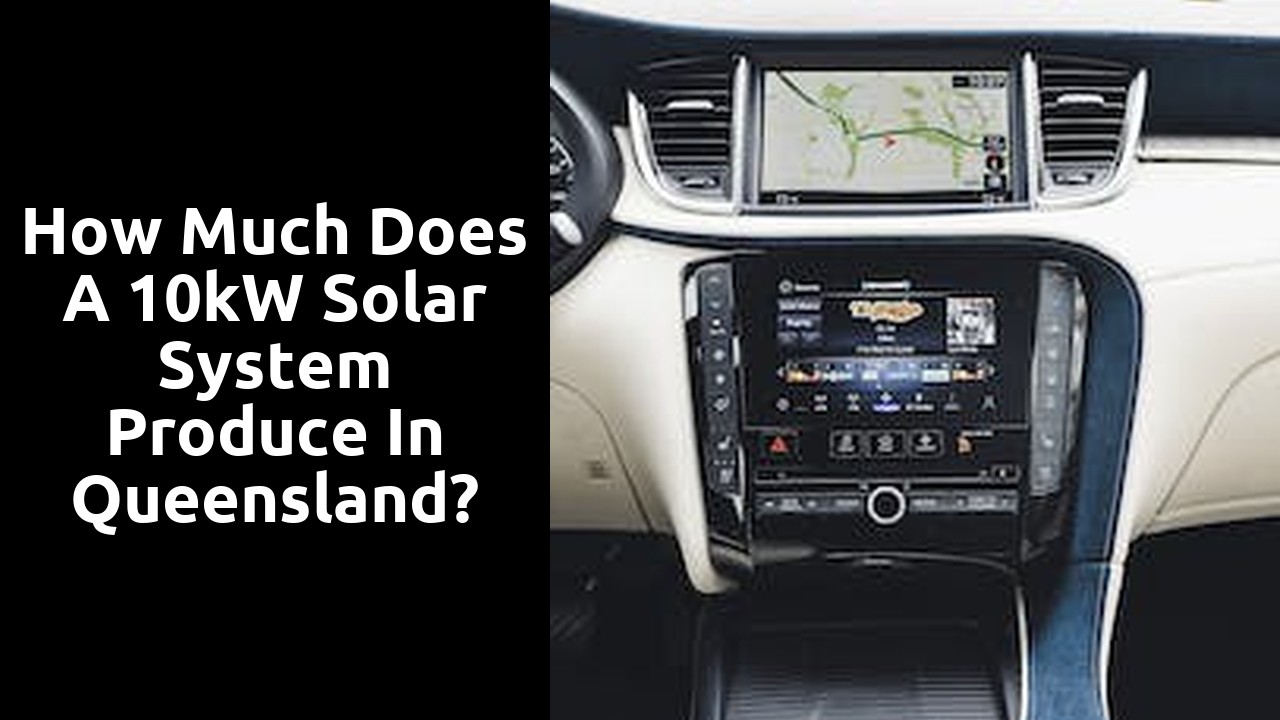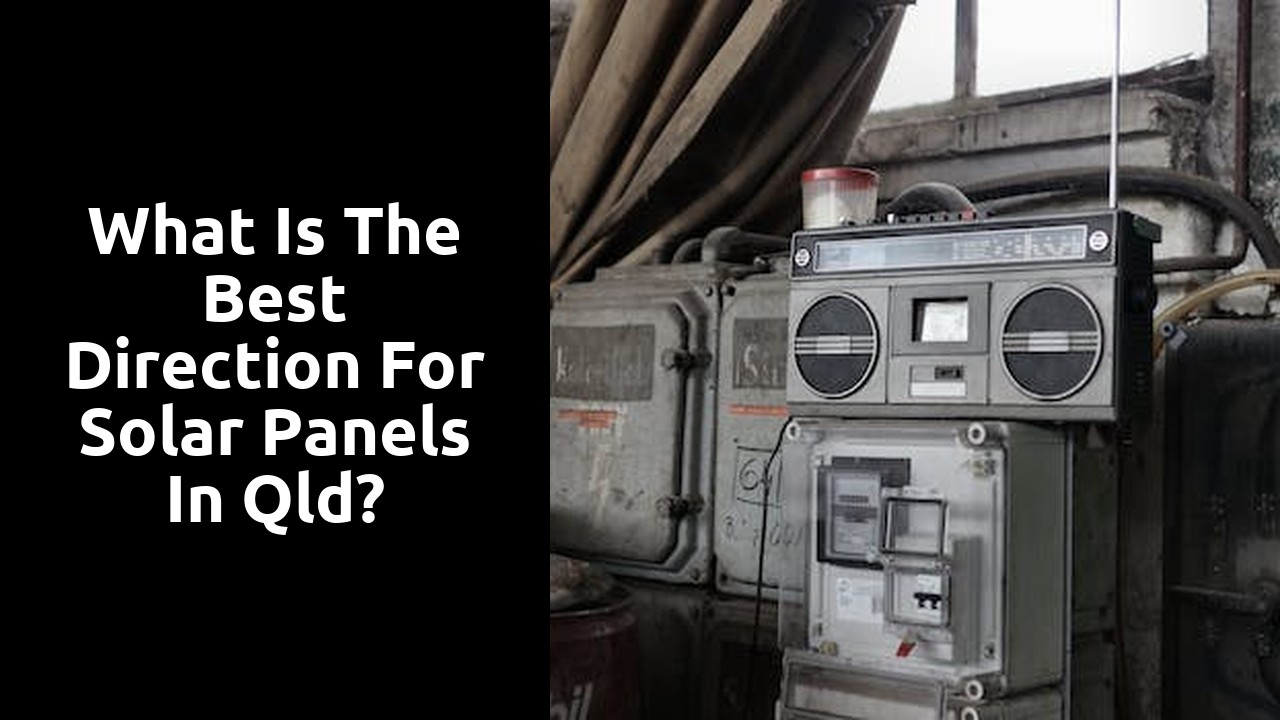
Calculating Energy Production and Savings
When considering the energy production of a 10kW solar system in Queensland, it is vital to understand the factors that influence its output. The key elements that determine the amount of electricity generated by a solar panel system design include the system's tilt angle, orientation, shading, and the average number of sunlight hours in the region. Queensland's abundant sunlight makes it an ideal location for solar energy production, with most areas receiving around 4.2 to 5.2 peak sun hours per day on average. This means that a well-designed 10kW solar system in Queensland can produce between 40kWh to 52kWh of electricity per day, depending on the specific conditions of the installation site.
Methods for Estimating Solar Energy Generation and Cost Savings
When estimating solar energy generation and cost savings for a 10kW solar system in Queensland, it is crucial to consider various factors that impact the efficiency of the system. Begin by assessing the average sunlight hours in your specific location, as this directly influences how much energy your system can produce. Additionally, take into account the azimuth angle and tilt of your solar panels, as these aspects play a significant role in maximising energy generation throughout the day. It is recommended to consult with a professional to ensure your solar panel system design is optimised for your location.
Moreover, the type and quality of solar panels, inverters, and other components in your solar panel system design also greatly affect energy production and cost savings. Investing in high-quality, reputable brands may require a larger initial investment, but can result in higher energy efficiency and durability in the long run. Consider factors such as panel efficiency, degradation rates, and warranties when choosing components for your solar system to maximise energy generation and financial benefits over the system's lifespan.
Understanding Feedin Tariffs in Queensland
Feed-in tariffs in Queensland play a crucial role in incentivising solar panel system owners to feed excess energy back into the grid. This process involves receiving payments for the electricity generated by the solar panels that is not used by the household and instead supplied to the grid. The rate at which solar energy is reimbursed through feed-in tariffs varies and is typically influenced by factors such as the time of day and current market conditions. Understanding these tariffs is essential for homeowners to accurately estimate the financial benefits associated with their solar panel system design.
When opting for a solar panel system, it is imperative for Queensland residents to consider feed-in tariffs as they can significantly impact the overall payback period of the investment. By comprehending the nuances of feed-in tariff structures, homeowners can make informed decisions about their solar energy generation and consumption patterns. Taking these factors into account is pivotal in maximising the benefits of a solar panel system design in Queensland, ultimately leading to greater energy savings and a more sustainable lifestyle.
How Feedin Tariffs Impact Solar System Payback Period
Feed-in tariffs play a crucial role in determining the payback period of a solar panel system in Queensland. These tariffs refer to the rates at which homeowners are paid for the excess electricity their solar system feeds back into the grid. A generous feed-in tariff can significantly reduce the time it takes for a solar system to pay for itself, making it a more attractive investment for Queensland residents.
When evaluating the impact of feed-in tariffs on payback periods, it's essential to consider the design of the solar panel system. A well-designed system that efficiently generates electricity can maximize the amount of energy exported to the grid, increasing the financial benefits for the homeowner. Additionally, factors such as the orientation and tilt of the panels, shading, and system size all influence the overall energy production and subsequent payback period of the solar array.
Making the Most of Your Solar Power System
When it comes to making the most of your solar power system in Queensland, one crucial aspect to consider is the design of your solar panel system. Optimal solar panel system design can significantly impact the efficiency and effectiveness of your system. Ensuring that your solar panels are positioned correctly to receive maximum sunlight exposure throughout the day is essential for harnessing the full potential of solar energy.
Additionally, incorporating energy storage solutions, such as batteries, into your solar panel system design can help you store excess energy generated during the day for use during peak times or when sunlight is limited. This can further maximize your solar energy utilization and reduce your reliance on the grid, leading to potential cost savings and increased energy independence. By focusing on strategic solar panel system design and integrating energy storage solutions, you can make the most of your solar power system in Queensland.
Strategies for Maximizing Solar Energy Utilization in Queensland
When aiming to maximize solar energy utilization in Queensland, it is essential to first focus on solar panel system design. Ensuring that your solar panels are placed in an optimal location with maximum exposure to sunlight throughout the day can significantly boost energy generation. Additionally, considering factors like shading from trees or nearby buildings and the angle of the panels can further enhance the efficiency of your system. By working with a professional to design and install your solar panel system, you can effectively harness the abundant sunlight in Queensland for greater energy production.
In addition to the design of your solar panel system, integrating energy storage solutions can further maximize solar energy utilization. Battery storage technology allows you to store excess energy generated during the day for use during peak times or when sunlight is scarce. By coupling your solar panels with a battery storage system, you can reduce reliance on the grid, increase energy independence, and make the most of your solar investment. Embracing advanced technologies and innovative solutions can help Queensland residents unlock the full potential of solar energy and reap the benefits of sustainable living.
FAQS
How much electricity can a 10kW solar system produce in Queensland?
On average, a 10kW solar system in Queensland can produce approximately 40-45 kWh of electricity per day. ####
How does one calculate the energy production and savings of a 10kW solar system in Queensland?
To calculate energy production, multiply the system size (10kW) by the average sunlight hours in Queensland and adjust for any shading factors. To estimate savings, consider the electricity rates, feed-in tariffs, and system payback period. ####
What methods can be used to estimate the solar energy generation and cost savings of a 10kW system in Queensland?
Methods like online solar calculators, consulting with solar professionals, and analyzing historical data can help estimate solar energy generation and potential cost savings accurately. ####
What are feed-in tariffs, and how do they impact the payback period of a 10kW solar system in Queensland?
Feed-in tariffs are payments made to solar system owners for the excess electricity they feed back into the grid. Higher feed-in tariffs can significantly reduce the payback period of a solar system. ####
How can one make the most of a 10kW solar power system in Queensland?
To maximize solar energy utilization, consider optimizing the system's orientation, investing in energy storage systems, using energy-efficient appliances, and monitoring energy consumption patterns. ####
What strategies can be employed to maximize solar energy utilization in Queensland?
Strategies such as scheduling high-energy activities during peak solar generation hours, proper maintenance of solar panels, and integrating smart energy management systems can help maximize the utilization of solar power in Queensland.
